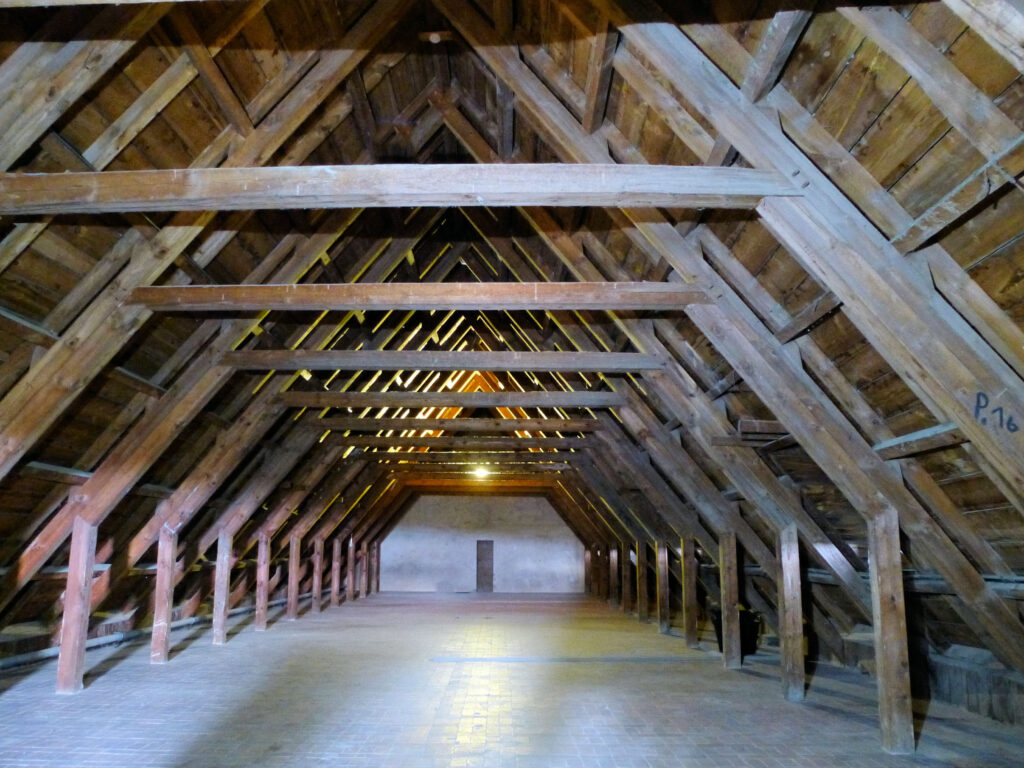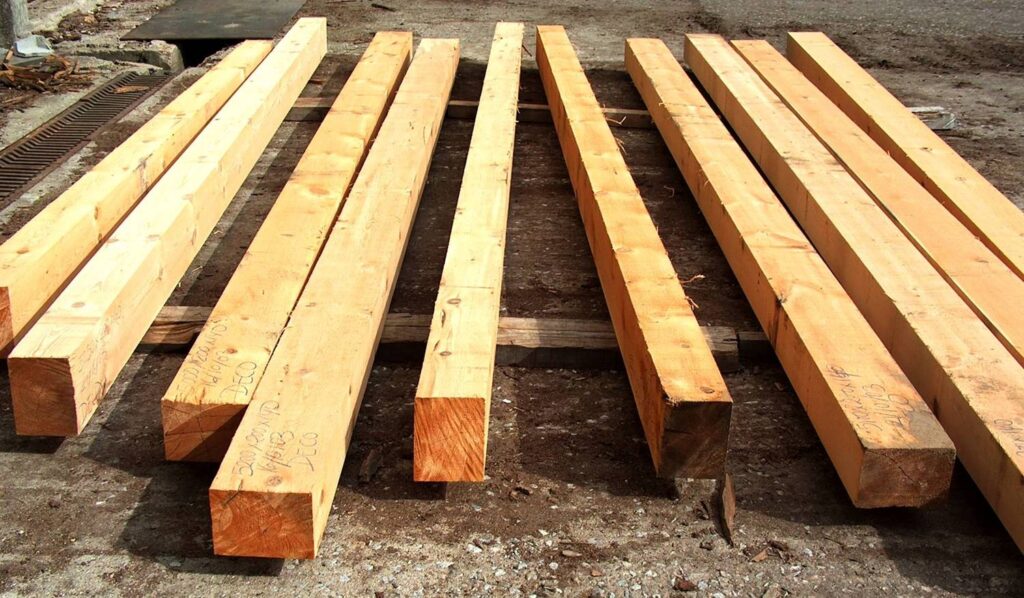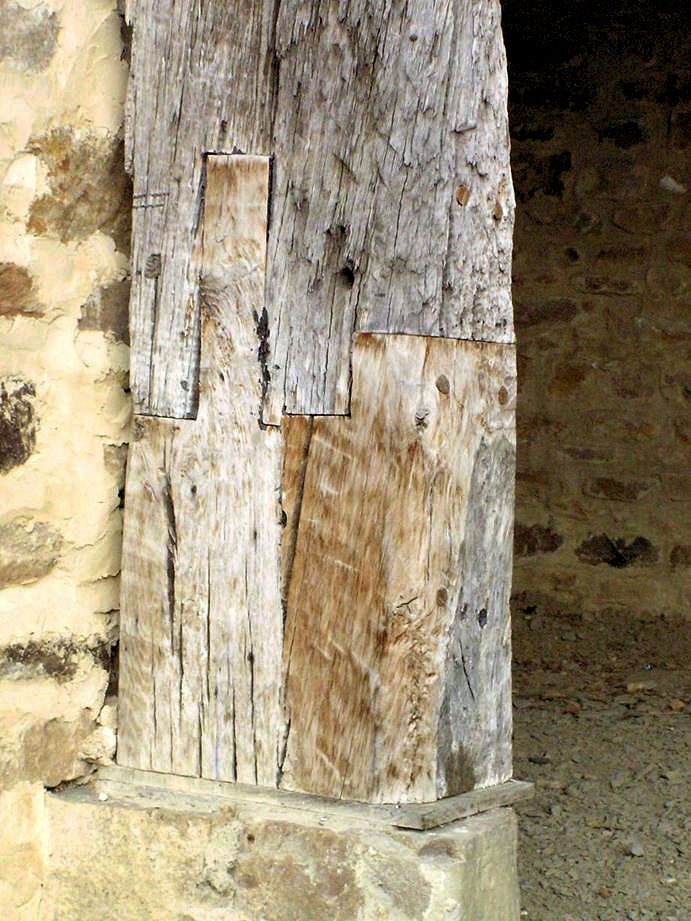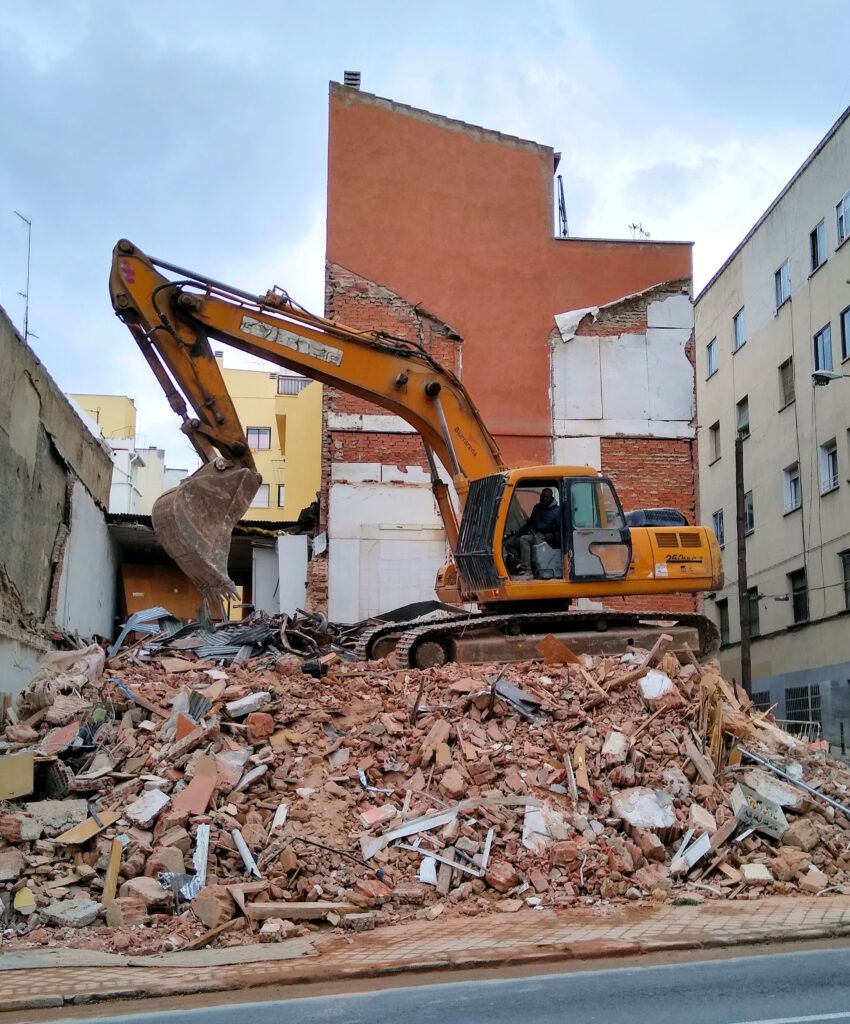Daniel F. Llana, Marina de Arana-Fernández, Marina Arce-Blanco, Ignacio Bobadilla, Miguel Esteban, Francisco Arriaga and Guillermo Íñiguez-González, from the School of Forest Engineering and Natural Resources – Universidad Politécnica de Madrid (UPM), answered five questions about the use and recycling of timber in Spain.
Cover photo: Nau Gaudí, Mataró, Barcelona
Q1) When and which are the timber construction typologies in Spain?
Timber has been widely used in the past for construction in Spain until the beginning of the 20th century. Existing good examples from the 18th and 19th centuries, and even before, residential buildings can be observed nowadays as part of Spanish built heritage. Unfortunately, in the past century, timber lost its presence as a construction material due to several reasons and the emergence of “new” materials, like steel or concrete.
Fortunately, in the 21st century, due to the demands of the market, new national regulations and standards for timber as a building material, as well as the encouragements of the European authorities to use more renewable, less pollutant, and less energy-consuming materials, timber is regaining its former importance.
Structural timber in Spain has been traditionally used as sawn products in large cross-section dimensions until the 1930s as a heavy timber frame system. Timber products as boards and Glued Laminated timber (Glulam) have been started to be produced and used in the 1980s (first projects and structures were built at that time), and recently, mass timber products such as Cross Laminated Timber (CLT).
Structural light framing and its main typologies as balloon frame or platform frame were testimonials until the 1990 decade when imported systems and small Spanish manufacturers began to develop this construction system in Spain.
On the other hand, modern massive wood-derived products like Glulam, CLT, Laminated Veneer Lumber (LVL) and Structural Insulated Panels (SIP) are becoming of great importance. They are being used to cover large span buildings such as sports centers, which sawn timber could not achieve.
Roof structure of Alcázar, Segovia Las Arenas shopping center, Barcelona (courtesy of Dr. Joaquín Montón)
Q2) Which are the most typical wood species/products used in construction?
According to the Spanish Forestry statistical yearbook (MAPAMA1), in 2017, 2.77·106 m3 of sawn timber (~ 86 % softwood) were produced, while 1.12·106 m3 (~ 84 % softwood) were imported, only 0.27·106 m3 (~ 57 % softwood) were exported.
The most extracted softwood species in 2017 were: 3.62·106 m3 of radiata pine (Pinus radiata D. Don), 3.40·106 m3 of maritime pine (Pinus pinaster Ait.), 1.36·106 m3 of Scots pine (Pinus sylvestris L.) and 0.55·106 m3 of Salzmann pine (Pinus nigra Arnold subsp. salzmannii (Dunal) Franco).
In the case of hardwoods, in 2017 were extracted: 6.94·106 m3 of Eucalyptus spp. (mainly, Eucalyptus globulus Labill.), 0.53·106 m3 of poplar species (Populus spp.), 0.13·106 m3 of European oak (Quercus robur L.), 0.12·106 m3 of holm oak (Quercus ilex L.) and 0.10·106 m3 of sweet chestnut (Castanea sativa Mill.).
Scots pine, Salzmann pine, European oak, sweet chestnut and poplar are the most common Spanish grown species used in structures as sawn timber. The most common imported species for construction are Norway spruce (Picea abies (L.) Karst.), Scots pine, Larch (Larix spp.), Douglas fir (Pseudotsuga menziesii (Mirb.) Franco) and European oak.
To produce mass timber products, as Glulam, CLT and Laminated Strand Lumber (LSL), Spanish grown species as Scots pine and radiata pine, silver fir (Abies alba L.), sweet chestnut and poplar are used.
Scots pine large cross-sections, El Espinar sawmill, Segovia Oak in Chillida Leku, Hernani, Guipúzcoa
Q3) How is the current situation for recycled wood?
In spite of there are no specific records nor a consolidated market for recycled timber, local companies offer large cross-section sawn timber when available for rehabilitation and refurbishing works. Furthermore, recycled timber (0.85·106 m3 in 2017, MAPAMA1) mainly from furniture is used for board production.
In all construction/demolition sites, a Demolition Project is mandatory; this means that a waste management study must be done for every project. Both, the European Union and the Spanish Government have specific laws towards this topic, recycling the materials for further treatment in specialized plants is considered for both institutions.
Wood is considered an “inert” waste and it is mainly recycled (80% of the recycled material) as chips for panel composites construction. In 2010 in Spain 520.000 tons2 of wood waste were produced. In Madrid, it is considered that approximately 4%3 of the waste generated in demolition is wood.
1 Anuario estadística forestal 2017 [accessed 14 April 2020] https://www.mapa.gob.es/es/desarrollo-rural/estadisticas/forestal_anuarios_todos.aspx
2 Punto limpio, reciclaje de madera [accessed 29 February 2020] https://www.puntolimpio.es/reciclaje-madera/
3 Salmedina. Composición teórica de los residuos de construcción y demolición [accessed 17 March 2020] https://www.salmedinatri.com.es/que-son-los-rcd/
Salzmann pine recovered timber from a 1768 coliseum, Intrama, Valdemoro, Madrid
Q4) Which are the possibilities to reuse or recycle timber?
The possibilities of reuse or recycling timber in new timber products depend on several factors: Dimensions, condition, amount of timber, segregation from other waste…
Most of the timber in buildings in Spain contains sawn timber with large cross-section from buildings older than 100 years old. These buildings are usually refurnishing and not demolished. There are regulations to protect the architectural heritage than frequently include the timber members in historical buildings. There are fewer and fewer industries that produce big scale sawn timber, which is the material needed for most of the rehabilitation works that take place in this kind of buildings. Therefore, when a few of these old buildings are demolished the large cross-sections can be reused for restoration works of the same kind of buildings.
Recycling large cross-section timber in new glued timber products such as glulam or CLT would imply section reduction and high manufacturing costs. Additionally, loss of material and high energy consumption. Other uses and products based on reclaimed timber characteristics and few manufacturing processes should be looking for.
In rehabilitation works, mainly due to energy efficiency regulations, roof decking/sheathing planks are usually removed. The common thickness of these planks is 25 mm, so, this “waste” could be suitable for mass timber products as CLT.
Igartubeiti, Guipúzcoa Post and beam and frame, Bohoyo, Ávila
Q5) Which are the current demolition practices?
Current demolition practices in Spain are conditioned by economic issues. Most of the demolition materials have no market and no care is taken on recovered them in the best conditions. The segregation of demolition waste in-situ is conditioned by skip cost.
Demolition methods depend on several factors: kind of building, location, space around the building, regulations, health and safety issues…
Mechanical demolition is the cheapest and it is typically used in non-urban areas doing after that segregation of some valuable materials (not all) on the ground. The most common segregated and processed demolition debris is gravel for construction.
Deconstruction by hand combined with small mechanical machines is commonly used in urban areas where due to the lack of space, safety reasons or regulations mechanical demolition is not possible. In deconstruction, most of the materials are directly segregated by skips.
Mechanical demolition, Madrid Deconstruction in Torrecaballeros, Segovia






